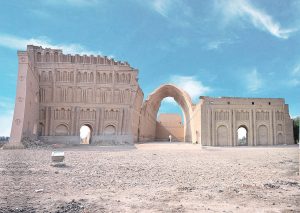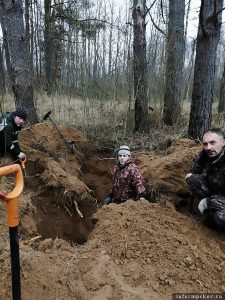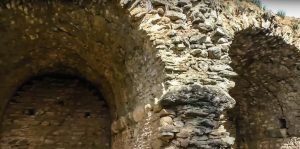Story By: Ana Marjanovic, Sub-Editor: Michael Leidig, Agency: Newsflash
An international team of experts has sequenced the DNA from 16 ancient people and found that a group of Indonesian islands were a melting pot for humans thousands of years ago.
The Wallacean islands, in what is now Eastern Indonesia, have a long and rich history of being home to modern humans going back thousands of years, according to a statement from the Max Planck Institute for Evolutionary Anthropology.
The islands, separated by deep straits and located between the Asian and Australian continental shelves, have yielded evidence that there was repeated genetic mixing between distinct groups going back at least 3,000 years, the experts said.
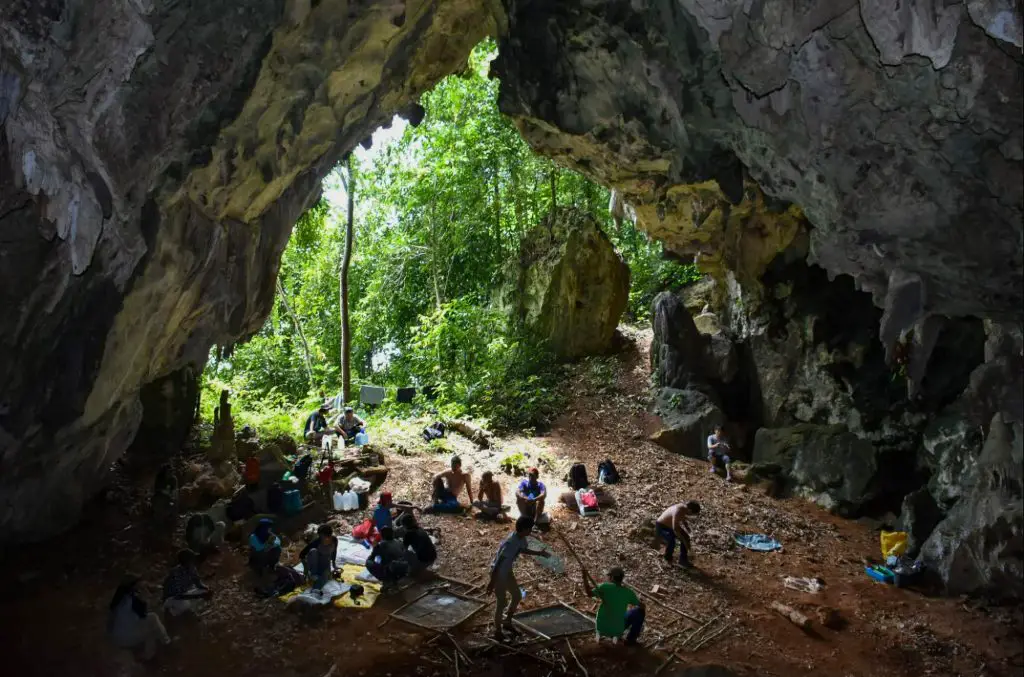
The statement said: “To gain further insights into Wallacea’s settlement history, an international team of scientists led by the Max Planck Institutes for Evolutionary Anthropology (Leipzig), the Science of Human History (Jena) and the Senckenberg Centre for Human Evolution and Palaeoenvironment at the University of Tuebingen sequenced and analysed 16 ancient genomes from different islands of Wallacea, finding evidence for repeated genetic admixtures starting at least 3,000 years ago.
“Those contacts involved multiple distinct groups from neighbouring regions of Asia and Oceania.”
The experts found that while these tropical islands acted as “a corridor for modern humans migrating into the Pleistocene Australia-New Guinea landmass (Sahul)”, with evidence of humans living there at least 47,000 years ago, “the archaeological record attests a major cultural transition across Wallacea that started around 3,500 years ago and is associated with the expansion of Austronesian-speaking farmers, who intermixed with local hunter-gatherer groups.”
The international team of scientists found that “local hunter-gatherers’ genetic ancestry was largely replaced”, with Cosimo Posth, a senior author of the study, saying: “All Wallacean individuals sequenced in this study are more similar to present-day New Guinean groups than to the earlier local population, suggesting that these two regions were more closely connected in ancient times than previously imagined.”
And Mark Stoneking, another senior author of the study, said: “Previous studies based on present-day populations have reported widely different estimates, some of which preceded the archaeological evidence for the Austronesian expansion, while others were much more recent. Since we now have ancient individuals from different time periods we can directly show that admixture occurred in multiple pulses or continuously since at least 3,000 years ago throughout Wallacea.”
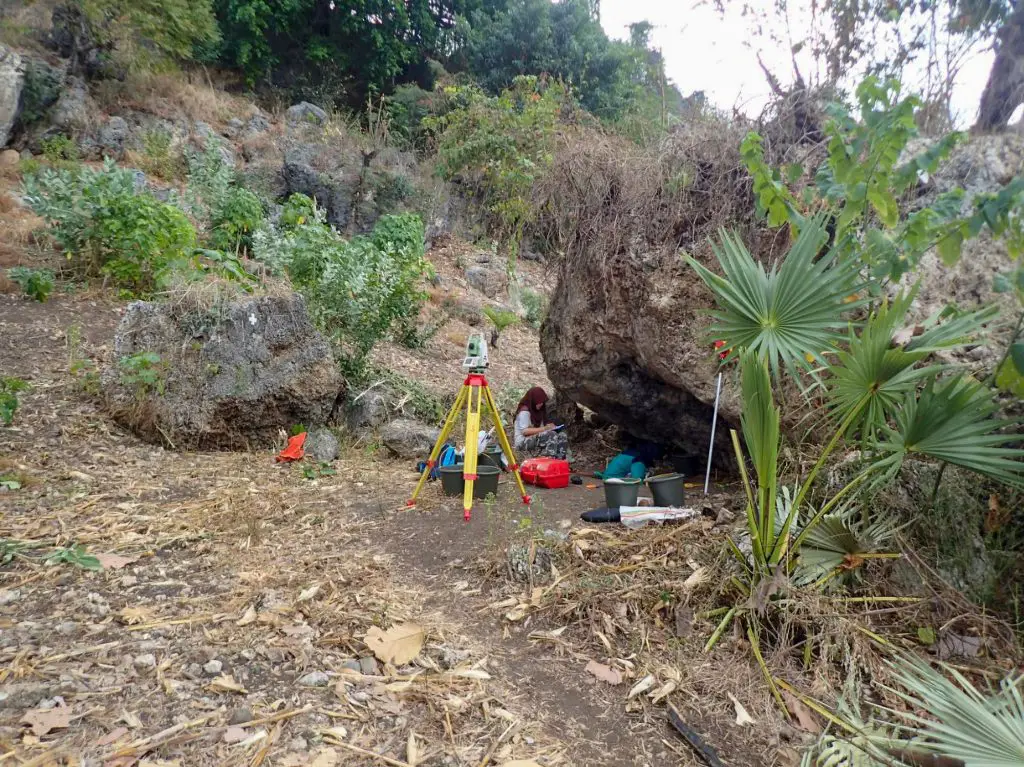
He added: “Future studies on older genomes might extend this date even further.”
The study has revealed “a closer relationship between the Austronesian-related ancestry of ancient individuals from northern Wallacea and the Pacific, compared to those from southern Wallacea – a pattern matched by linguistic evidence.”
The study also revealed that there was a significant genetic contribution from mainland Southeast Asia to the people living on the island.
The statement from the Max Planck Institute said: “The team identified an additional ancestry contribution from Mainland Southeast Asia, closest to present-day Austroasiatic speakers, and proposed that admixture occurred first between the Mainland Southeast Asian and Papuan-related ancestry and that gene flow from Austronesian-related groups occurred only later. “
And Peter Bellwood, an author of the study who has conducted extensive archaeological work in Southeast Asia, said: “That Mainland Southeast Asian component is a great mystery to me. I suspect that we might be looking at small groups, perhaps of early farmers, who travelled a long way, left no archaeological or linguistic traces along the way, but who increased their population sizes after arrival.”
The study, titled ‘Ancient genomes from the last three millennia support multiple human dispersals into Wallacea’, was published in the academic journal Nature on Thursday, 9th June.
It authors were Sandra Oliveira, Kathrin Naegele, Selina Carlhoff, Irina Pugach, Toetik Koesbardiati, Alexander Huebner, Matthias Meyer, Adhi Agus Oktaviana, Masami Takenaka, Chiaki Katagiri, Delta Bayu Murti, Rizky Sugianto Putri, Mahirta, Fiona Petchey, Thomas Higham, Charles F. W. Higham, Sue O’Connor, Stuart Hawkins, Rebecca Kinaston, Peter Bellwood, Rintaro Ono, Adam Powell, Johannes Krause, Cosimo Posth and Mark Stoneking.

